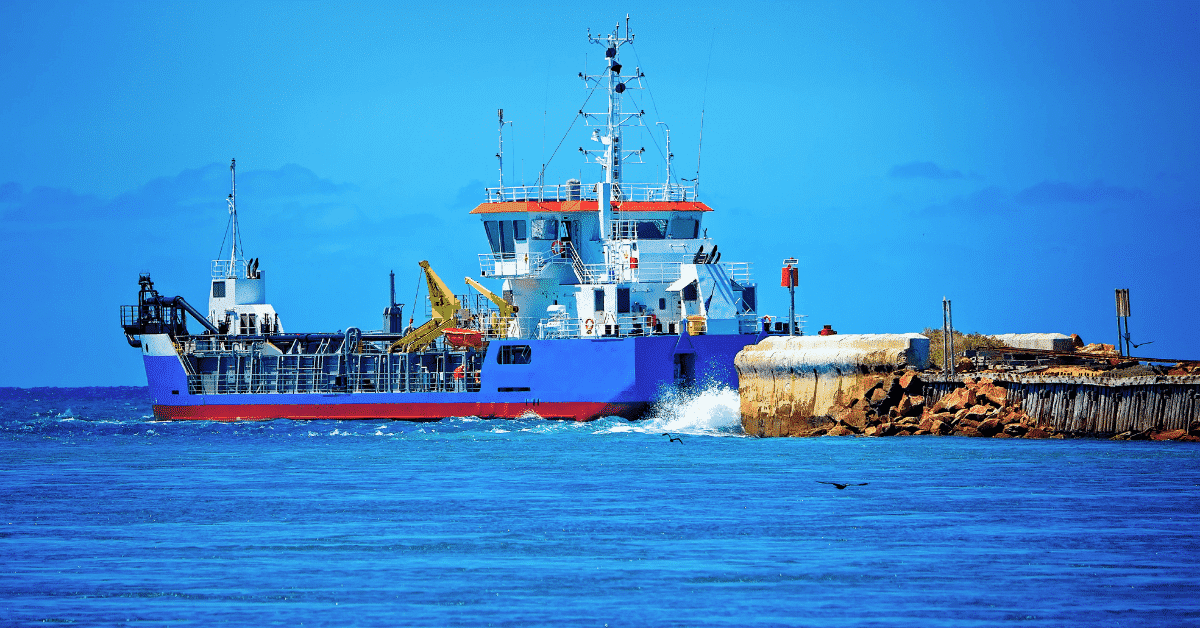Table of Contents
Exploring Environmental and Water Quality Implications
Dredging, the process of removing sediment and debris from the bottom of water bodies, can have significant environmental and water quality concerns depending on the type of dredging operation and where the dredged material is placed. Here are some key concerns:
- Habitat Disturbance: Dredging can disrupt or destroy habitats for aquatic organisms such as fish, invertebrates, and plants. This disturbance can have long-term ecological consequences, particularly in sensitive ecosystems such as wetlands or coral reefs.
- Sediment Resuspension: Dredging activities can resuspend sediment into the water column, leading to increased turbidity. Elevated turbidity can block sunlight penetration, affecting photosynthesis and potentially harming aquatic plants. It can also interfere with the feeding and respiration of aquatic organisms.
- Contaminant Release: Dredging may release contaminants trapped in the sediment into the water column, posing risks to aquatic life and human health. These contaminants can include heavy metals, organic pollutants, and nutrients such as nitrogen and phosphorus.
- Sediment Transport: Dredging can alter sediment transport patterns, leading to erosion or deposition in areas downstream or adjacent to the dredging site. Changes in sediment dynamics can impact sediment-dependent habitats, water quality, and navigation channels.
- Disposal Sites: The placement of dredged material at disposal sites can have significant environmental implications. If improperly managed, disposal sites can become sources of pollution, contaminating water and soil with sediment and associated contaminants. Contaminants leaching from disposal sites can enter groundwater or surface water, affecting downstream ecosystems and human populations.
- Habitat Creation: In some cases, dredged material is used to create or restore habitat, such as wetlands or artificial reefs. While this can provide ecological benefits, there are still concerns about the quality of the dredged material used for habitat creation and the potential introduction of contaminants or invasive species.
- Erosion Control: Dredging may be conducted to mitigate coastal erosion or maintain navigation channels. However, improper dredging practices or inadequate sediment management can exacerbate erosion problems by altering natural sediment transport processes.
To address these concerns, dredging projects often require thorough environmental impact assessments, monitoring programs, and mitigation measures such as sediment containment structures, sediment traps, and sediment treatment technologies. Additionally, regulatory agencies may impose strict guidelines on dredging activities to minimize environmental and water quality impacts.
